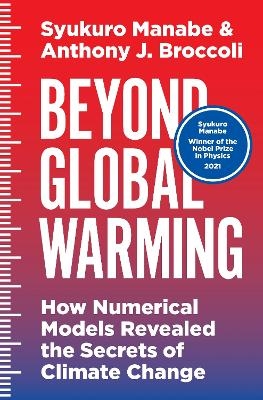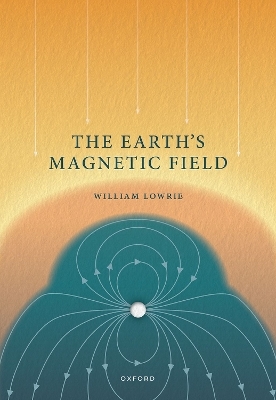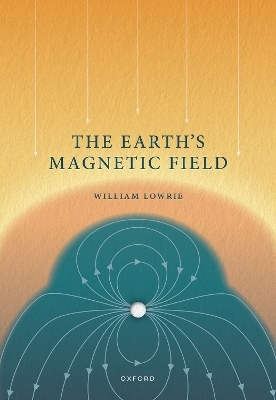
Earth Observation of Soils
Elsevier - Health Sciences Division (Verlag)
978-0-443-18613-4 (ISBN)
- Noch nicht erschienen (ca. November 2024)
- Versandkostenfrei innerhalb Deutschlands
- Auch auf Rechnung
- Verfügbarkeit in der Filiale vor Ort prüfen
- Artikel merken
This book offers up-to-date applications of Earth Observation technologies and techniques that are ideal for postgraduates, researchers and academics using remote sensing data and geoinformation technologies for soil monitoring.
Dr. Mario Guevara is Professor of Geostatistics and a research associate of the National Autonomous University of Mexico, and is an expert on digital soil mapping. He completed his PhD studies in the University of Delaware (USA) developing soil organic carbon maps across Mexico and the United States using machine learning and remote sensing. Mario has postdoctoral experience working on selected topics of digital agronomy in the University of California, and in the United States Department of Agriculture Soil Salinity lab. Since 2017, Mario has served as the Pillar 4 (soil data and soil information) representative for the Global Soil Partnership of the Food and Agriculture Organization and is a member of the Science Leadership Group of the North American Carbon Program. His research interests are rooted in the spatial and temporal variability of soil properties, soil functions and soil degradation signals from the plot to the continental scale. Dr. Zucca is Associate Professor of Pedology at the University of Sassari, Italy. Since 2015 he has also been a Soil Conservation and Land Management Scientist at the International Center for Agricultural Research in the Dry Areas. At ICARDA he coordinated research projects in Ethiopia, Nigeria, Tunisia, and Morocco and contributed to projects in Senegal, Mauritania, Pakistan and Jordan. He also acted as ICARDA’s focal person in FAO’s Global Soil Partnership and in WOCAT (World Overview of Conservation Approaches and Technologies). During his 20 years of research he has been involved in several international projects, particularly on soil and land degradation, desertification, and sustainable land management . His interdisciplinary scientific interests mainly focus on: integrated assessment of land degradation and SLM; survey, mapping, and evaluation of land and soil; and soil formation and development. He is expert in GIS and applied geomatics to land studies. Dr. Prem Chandra Pandey received PhD from the University of Leicester, United Kingdom, under Commonwealth Scholarship and Fellowship Plan. Currently, he is working as an assistant professor at the Department of Life Sciences, School of Natural Sciences, Shiv Nadar Institution of Eminence (Deemed to be University), UP, India. Previously, he has been associated with Banaras Hindu University, India, as an SERB-NPDF fellow. He received BSc and MSc degrees from Banaras Hindu University and MTech degree (Remote Sensing) from Birla Institute of Technology, India. He has worked as a professional research fellow on remote sensing applica tions in the National Urban Information System funded by NRSC Government of India. He has been a recipient of several awards including Commonwealth Fellow, United Kingdom, INSPIRE fellow GoI, MHRD-UGC fellow GoI, Malviya Gold Medal from Banaras Hindu University, SERB-NPDF from Government of India, and Young Investigator Award. Dr. Pandey is working in three projects related to monitoring of wetlands/Chilika lake mainly focusing on Ramsar sites along with other natural resources based research work funded by NGP and SERB Government of India. He has published more than 50 peer reviewed journal papers, seven edited books, several book chapters, and presented his work in national and international conferences. He is serving as a member of editorial board for Geocarto International journal, Taylor & Francis, Sustainable Development (Wiley- IF 12.5) and acted as a guest editor for Remote Sensing,
Section A: Introduction and Current State of Earth Observation Applications to Soil Management 1. An Overview of Sustainable Land Management using Earth Observation: Theory and Practice 2. An Overview of Earth Observation Data and Platforms for Soil Analysis
Section B: Earth Observation Tools in Management of Different Land Uses 3. The Role of Earth Observation in Management of Croplands (Agricultural Practices) 4. The Role of Earth Observation in Grassland Management 5. The Role of Earth Observation in Forest Management 6. Operational Earth Observation Tools for Sustainable Land Management in Croplands, Grasslands, Shrublands and Forests
Section C: Earth Observation of Soil Modelling7. Soil Mapping and Modelling Using Earth Observation 8. Integration of Earth Observation in Soil Management by Improving Soil Quality And Environmental Health 9. Soil Organic Carbon and Earth Observation Calibration, Testing, Validation and Extrapolation 10. Climate Change Mitigation and Earth Observation 11. Earth Observation for Climate Change Adaptation and Natural Disaster Mitigation – Floods, Drought Monitoring and Earth Observation Data 12. Earth Observation for Climate Change Adaptation and Natural Disaster Mitigation - Land Degradation and Desertification Mapping 13. Operational Earth Observation Tools for Climate Change Mitigation and Adaptation
Section D: The Role of Earth Observation in Agricultural Decision Making 14. Sustainable Land Management Under Different Decision Making and Related Policies
Section E: Challenges and Future Needs 15. Challenges and Future Aspects: Potential for Earth Observation in More Efficient Soil Management
| Erscheint lt. Verlag | 1.11.2024 |
|---|---|
| Verlagsort | Philadelphia |
| Sprache | englisch |
| Maße | 151 x 229 mm |
| Themenwelt | Naturwissenschaften ► Geowissenschaften ► Geophysik |
| ISBN-10 | 0-443-18613-8 / 0443186138 |
| ISBN-13 | 978-0-443-18613-4 / 9780443186134 |
| Zustand | Neuware |
| Haben Sie eine Frage zum Produkt? |
aus dem Bereich


